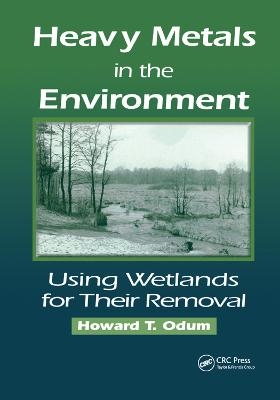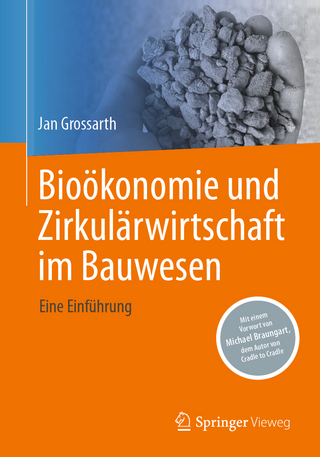
Heavy Metals in the Environment
Using Wetlands for Their Removal
Seiten
2019
CRC Press (Verlag)
978-0-367-39862-0 (ISBN)
CRC Press (Verlag)
978-0-367-39862-0 (ISBN)
Much of the convenience of modern life resides in sheet metal, the cowling shield of most machines and appliances. However, the load that this takes off human shoulders has to be carried elsewhere, and the Earth has borne the burden. Many of us woke up to the environmental cost when over a century of industrialization finally surpassed the capacity of nature to assimilate it.
International in scope, Heavy Metals in the Environment: Using Wetlands for Their Removal discusses wetland functions and heavy metal contamination. It addresses such questions as: Can systems powered by sunlight handle toxins more effectively than systems running on fossil fuel? At what scale and by what means do we define efficiency? These questions resonate increasingly with a number of global challenges.
As inescapable as climate change, you can no longer avoid airborne toxins, acid rain, and polluted water by moving away from them. When the time comes to rely less on fossil fuel-based technology, how will we clean up the aftermath of toxic misadventures?
Written by a leader in the growing field of ecological engineering, Heavy Metals in the Environment: Using Wetlands for Their Removal presents scientific studies that illustrate how natural systems use wetlands to adapt to changes in the ecosystem. It focuses primarily on lead, one of the first materials used by developing civilizations and a metal used heavily in the industrial era. The goal: to achieve a better understanding of how natural systems use wetlands to adapt to wastes.
International in scope, Heavy Metals in the Environment: Using Wetlands for Their Removal discusses wetland functions and heavy metal contamination. It addresses such questions as: Can systems powered by sunlight handle toxins more effectively than systems running on fossil fuel? At what scale and by what means do we define efficiency? These questions resonate increasingly with a number of global challenges.
As inescapable as climate change, you can no longer avoid airborne toxins, acid rain, and polluted water by moving away from them. When the time comes to rely less on fossil fuel-based technology, how will we clean up the aftermath of toxic misadventures?
Written by a leader in the growing field of ecological engineering, Heavy Metals in the Environment: Using Wetlands for Their Removal presents scientific studies that illustrate how natural systems use wetlands to adapt to changes in the ecosystem. It focuses primarily on lead, one of the first materials used by developing civilizations and a metal used heavily in the industrial era. The goal: to achieve a better understanding of how natural systems use wetlands to adapt to wastes.
Howard T. Odum, Wlodzimierz Wójcik, Lowell Pritchard, Shanshin Ton, Joseph J. Delfino, Malgorzata Wójcik, Slawomir Leszczynski, Jay D. Patel , Steven J. Doherty, Jacek Stasik
Contents
Introduction and Background. Lead in a Cypress-Gum Swamp, Jackson County, Florida. Lead and Wetlands in Poland. Value and Policy. Appendices. References.
| Erscheinungsdatum | 18.09.2019 |
|---|---|
| Verlagsort | London |
| Sprache | englisch |
| Maße | 178 x 254 mm |
| Gewicht | 725 g |
| Themenwelt | Naturwissenschaften ► Biologie ► Ökologie / Naturschutz |
| Naturwissenschaften ► Geowissenschaften ► Geografie / Kartografie | |
| Naturwissenschaften ► Geowissenschaften ► Hydrologie / Ozeanografie | |
| Technik ► Umwelttechnik / Biotechnologie | |
| ISBN-10 | 0-367-39862-1 / 0367398621 |
| ISBN-13 | 978-0-367-39862-0 / 9780367398620 |
| Zustand | Neuware |
| Haben Sie eine Frage zum Produkt? |
Mehr entdecken
aus dem Bereich
aus dem Bereich
Buch | Softcover (2024)
Springer Vieweg (Verlag)
49,99 €


